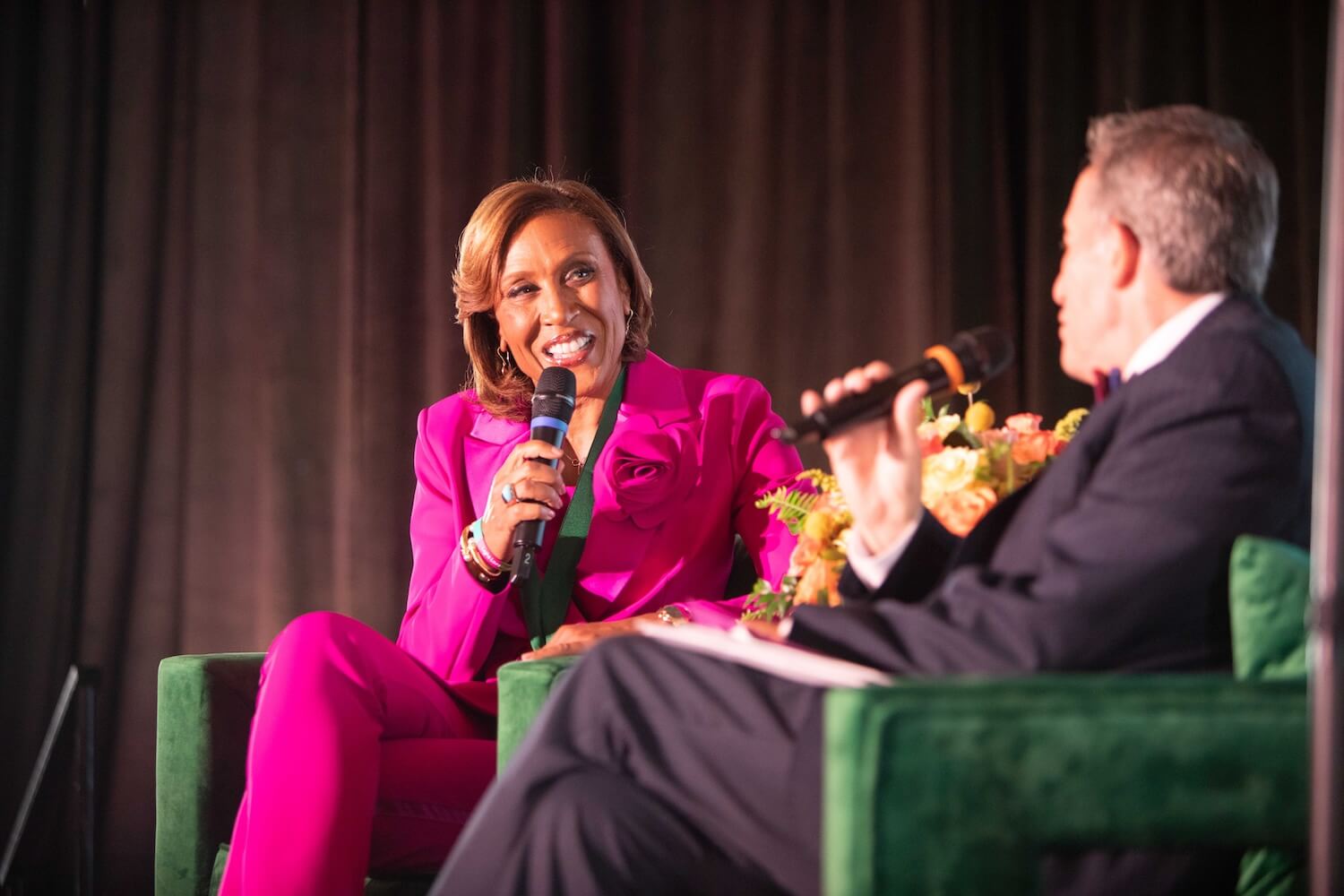The passion made a difference. It was as evident as the red, white, and blue bunting that welcomed participants to a Poynter workshop last week on planning 2004 election coverage.
The workshop’s premise was that the same old coverage needed rethinking. Poynter’s purpose was to get leaders out of the newsroom for a week to consider how to rejuvenate election coverage and, in the process, draft election plans incorporating their fresh perspectives.
Their passion for unlocking better election coverage first emerged in the numbers of editors who wanted to participate. It also was evident in essays they wrote before the workshop. The editors knew that 2004 presents tough choices for voters. They didn’t want to put out a year of coverage and fail to hit home with what readers want and need and how they want to get it.
The 37 journalists from 30 newsrooms came from small papers and large and from coast to coast. Their papers, in total, reach several million readers daily. The process they experienced throughout the week is a model for anyone interested in changing or elevating coverage or for improving the way work gets done in the newsroom.
• Why They Want Better Coverage:
For our first session, the participants unpacked their passions. Why, we asked, were they so interested in covering campaigns, issues, voters in new ways?
To give readers a reason to go to the polls.
To play our role in a democracy effectively.
It’s a great story to tell.
There’s no more important function than to motivate voters to participate and give them the tools to do so.
Make kids care.
It’s fun.
• What wildly successful coverage would look like:
They were encouraged to draw pictures of the success they envisioned.
Long lines of voters inspired by the newspaper’s coverage.
More people buying the paper to get the coverage; street sale boxes are empty.
Citizens engaged in politics.
• What works, What could work better:
For the politics editors, this meant digging into the staples of election coverage, questioning automatic reflexes, seeking out experts for guidance, and keeping in mind the reader and the media landscape.
Examples of what they probed:
Profiles with a strong point of insight that illuminates the candidate.
Embedding standards and values before the heat hits.
Local coverage through the prism of sports pages with rules, players, a season, a local spin on the national game, winners and losers.
Issue stories narrow and deep and reflective of voter concerns.
The Internet factor and the high expectations of users.
The changing face of America and the shifting of power.
• How a plan might help.
The politics editors worked each day adding steps to translate their passion for better coverage into action.
What ideas fit your newsroom?
Who will you get involved? What will they contribute?
What training might be needed?
What’s the timetable?
• Who can make it happen.
It’s time for leadership –- sharing the vision, the purposes, the successful outcome. That’s what’s taking place this week in 30 newsrooms. It’s where the plan grows with additional ideas and where momentum begins to churn. It’s how the plan becomes the creation of many voices.
Getting buy-in from the boss.
Getting feedback from the politics and visual teams.
Seeking wide newsroom involvement.
Seeking perspectives online, outside partners.
Testing it with readers and with research.
Keeping the plan evolving.
These editors and reporters came ready and eager to explore how to make 2004 election coverage better. They produced varying plans for what that means in each of their newsrooms. They helped themselves become strong leaders for the year-long coverage.
They gave us lessons beyond politics:
• They modeled the value of passion in opening the door to change.
• They defined why the change matters.
• They envisioned success.
• They sought experts and context for veracity.
• They drafted specific plans, with action steps to give them legs.
• They set out to win support and build the ideas further.
• They recognized that the plans they have today will change –- continuously.





